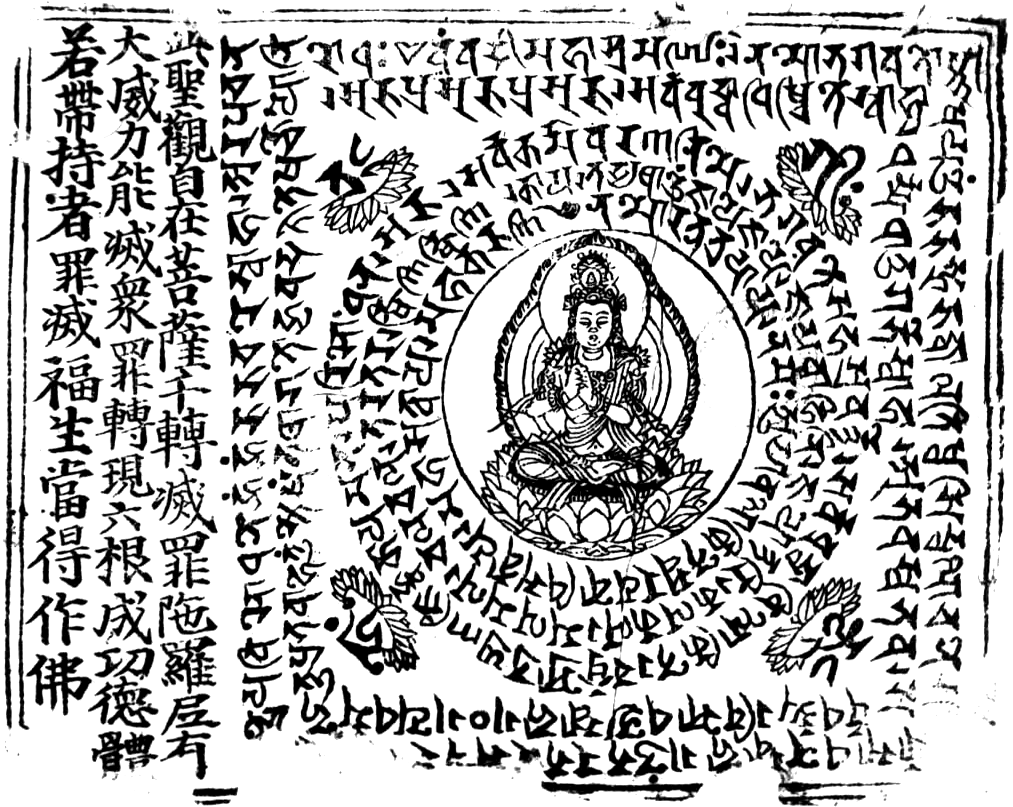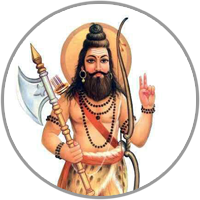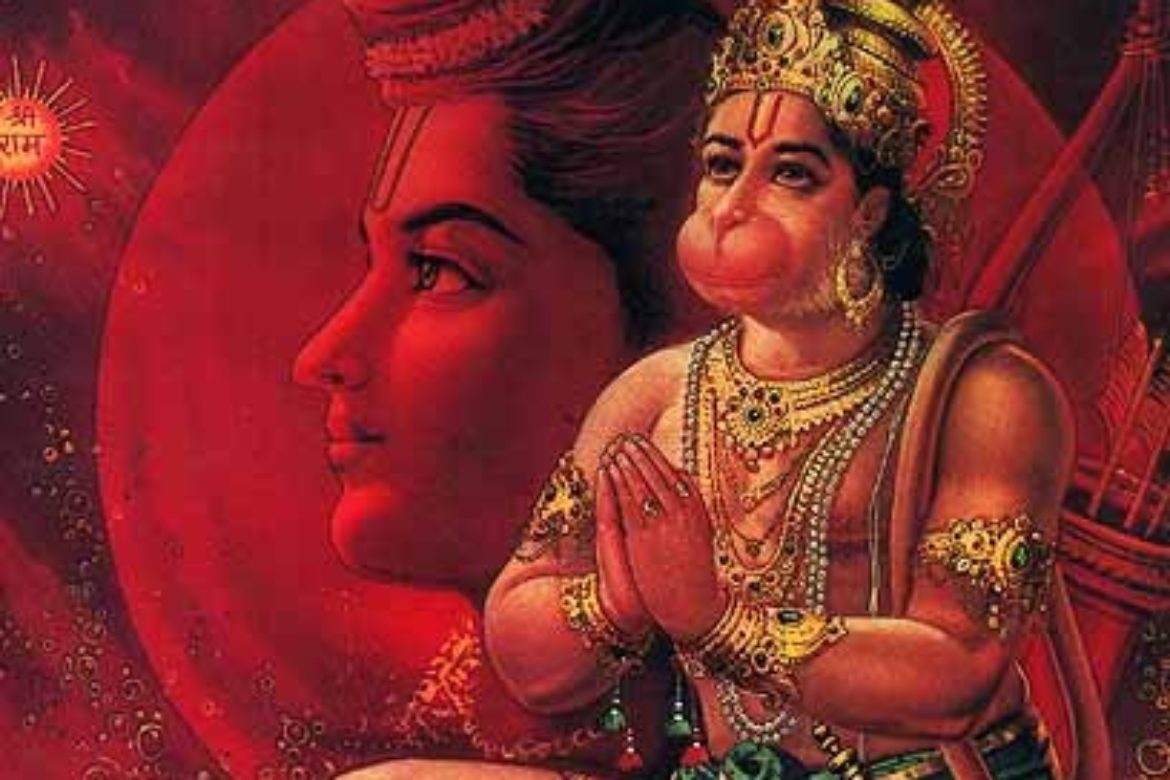Stotra Mantra Parayana Differnce
Unlike other Religions,Hinduism has Prayers of different types.
There are three different types in terms of how these were arrived at, whom they are addressed to and the results sought for.
Before understanding the differences , one must know that in Hinduism, as its fundamental Truth as enunciated in the Vedas, the Sacred texts of the Hindus,describes the Reality, called Brahman, is distinct from Brahma, The God of Creation,is Without Name and Form.
The Brahman is with out Attributes, with Attributes and beyond Attributes,
It is to be experienced and is Beyond space,time,senses,mind and time.
It is Being, Consciousness and Bliss, Sat, Chit and Ananda.
The purpose of Life is to realize the Brahman, The Reality behind the noumenon, the world of Names and Forms, the substratum of the Universe, both Macro and Micro.
To achieve this, the impediment called Mind is to be Stilled.
The cessation of the Modification of Chitta is Yoga or Union with the Reality.

( Chitta is a Higher plane of Cognition, please read my posts on Yoga, Chitta)
To Still the Mind, the thoughts or the thought waves are to be stopped.

But as The Mind, by its nature, is always after a thousand thoughts, it is difficult to control it,
However it can be done by Right Determination,Knowledge and Practice, says Krishna in the Bhagavad Gita( Gnana and Vairaagya)
So in the process of quieting and making the Mind still, Hinduism advocates Worship of Gods with Forms, though in Reality they do not exist.
However as Krishna says , even these Gods of Names and forms are relatively Real in the sense that they grant the boons one wishes for and Krishna says He assumes the Forms and Names Of Gods and Goddesses addressed by the practitioner and deliver the results.
So Gods of Hinduism are Real and not Real at the same time.
For details read my post ‘Hinduism, Gods with Name and Form ,Yes Or No’.
As Human dispositions and needs are varied,, so are the Gods.
One may like Mother, Father, Friend , Lover, son, daughter…
To establish a relationship, each needs a unique approach and there can be no uniform and a single window approach.
So the Gods vary and your modes of address vary.
One does not address Mother as he would his Father, Lover or Friend.
So the prayers vary.
Generally there are three types of Prayers.

1.Stotra/Stuthi.
2.Parayana and
3.Mantras.
Stotras.
Stotra is from the root Stuthi, meaning ‘Praise’
If one were to get some thing from some one superior in Station, one praises him or her to get the things done for one who wishes for.
So in a Stotra one finds Praises of Gods, extolling their virtues, then requesting them to grant one’s Wishes.
We have a large collection of these Stotras.
These Stotras are also of different kinds.
One is by Gods themselves addressing the other Gods, like Krishna’s Siva Stuthi or Rudra’s Mantra Rajapadham addressed to Lord Narasimha, Indra’s Krishna Stuthi.
These are addreed to Gods whom one likes.
Another type is by the Great Rishis , like Hayagreeva’s Lalitha Sahasranama.
Yet another type is by great personalities like Bhishma, The Vishnu Sahasranama; the various slokas of Adi Shankaracharya, Swami Desikan,Ramanujacharya, Madhwacharya….
All these deliver results in terms of efficacy in the descending order described
Some of these Rishis have Prayers to a Particular Deity.
In this case it is not necessary that the God one choses to worship need be what one likes.
These Gods produce results because of the fact that the Hymn is composed by a realized Soul.
2.Parayana.
A Stuthi or a Stotra by a Great Rishi like Valmiki, The Sundara Kanda of Ramayana is recited in a prescribed format for a fixed duration is called Parayana.
People also do this regularly as they do Lalitha Sahasra nama and Visnu Sahasranama.
The Parayana prayers may be from any of Language.
The basic requirement is Faith.
3.Mantra is different as they are locked Sounds . grasped by the Rishis, in a mysterious way.
Mantras, are the essence of Sound and Sound in its pure form is Mantra.
Mantras control Sound.
The difference between Mantras and the other two Types is that Mantras deliver guaranteed results, if one follows the procedures laid down.
Whereas in the case of Stotra or Parayana,the Divine intervention is left to the pleasure of the God addressed to, in the case of Mantras, the Gods are obliged to grant the requests as they represent the essence of Reality and in fact the Form of Gods themselves.
That is why even A Raskshasa can deliver a Brahmastra by invoking a Mantra.
Mantras can be addressed to specific Gods and also to Reality in its Attributeless Form.
Or the Mantra can be a combination of sounds mystically locked.
More to follow on the scientific explanation of Mantras, their validity analysis by Spectroscopy,Cymatics





